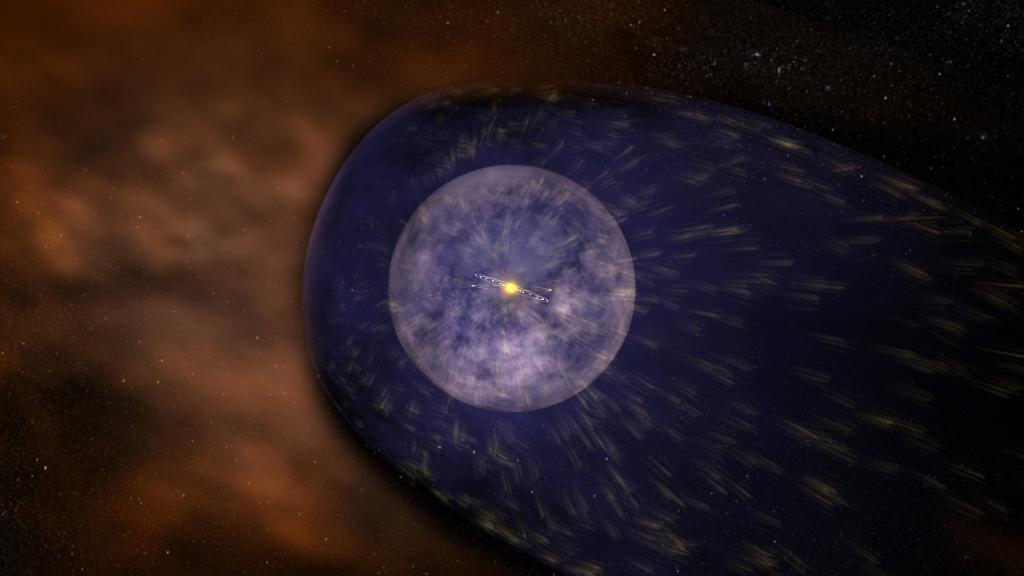To study the solar wind
Scientists from the Space Research Center of the Polish Academy of Sciences will build an instrument to study solar wind. This is the first independent experiment of Polish researchers in NASA’s mission.

The solar wind – hot gas of charged particles streaming from the Sun – forms at the border of the Sun’s corona and spreads out radially around the heliosphere. The Solar wind is responsible for such phenomena as auroras or magnetic storms. When solar wind particles collide with oxygen and nitrogen atoms in the Earth’s upper atmosphere they create a dazzling norther lights shows – auroras. Whereas, magnetic storms occur when the Sun emits a strong surge of solar wind called coronal mass ejection (CME). CMEs propagate into interplanetary space with high speeds and if they hit the Earth’s magnetosphere they may cause various disturbances (e.g. affect GPS system, damage satellites or power lines).
Polish instrument in IMAP mission
The Space Research Center of the Polish Academy of Sciences will provide one instrument for NASA’s Interstellar Mapping and Acceleration Probe mission. This device – a two-channel EUV photometer GLOWS (GLObal solar Wind Structure) – will allow the observations of light emitted by the hydrogen atoms that make up the solar wind. In addition to scientists from the PAS Space Research Center, teams of scientists from Princton University, the Massachusetts Institute of Technology (MIT), tha Jet Propulsion Laboratory (JPL) and the Los Alamos National Laboratories are participating in the mission.
“We want to understand how the speed and density of the solar wind changes over time at different heliographic latitudes, from the equator to the poles of the Sun. This will allow us to understand the critical conditions for the formation and maintenance of biological processes around stars that, during their journey in the Galaxy, encounter various and time-varying meteorological conditions” – says Dr. Maciej Bzowski, Principal Investigator of the GLOWS experiment.
The device will be one of 10 instruments that will allow for a comprehensive study of the heliosphere. It will be used to remotely observe the behavior of atoms at different energy levels. For the mission to be successful, the most important thing is the synchronization between the instruments and the data obtained by them. The Polish GLOWS, together with the IMAP-Lo device, will observe the interstellar gas entering the heliosphere. The Space Research Center of the Polish Academy of Sciences will have priority access to data collected during the mission. Obtained data will allow Polish scientists to continue their heliospheric research that started in the 1990s.
The IMAP mission is targeted to launch in 2025. It will cost over 500 million dollars (without launching into orbit). The costs are shared between the institutions cooperating within IMAP project. At the beginning of this year, the Ministry of Education and Science and the Space Research Center of the Polish Academy of Sciences signed an agreement on financing the GLOWS experiment, allocating PLN 16 million.
Source of information: Space Research Center, Polish Academy of Sciences
